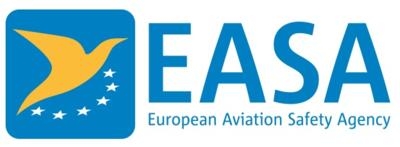Concerns Remain About Lithium Batteries In The Devices
If you are an airline passenger packing your bags to travel for the holidays, the FAA advises you to take a moment to check out the agency’s Pack Safe website. There are many items that people use on a daily basis that are considered hazardous materials when packed to fly on a plane. Flyers should know that e-cigarettes, vaping devices, and spare lithium batteries should NOT be packed in their checked luggage. Spare lithium batteries – the kind that are found in personal electronic devices and back-up charging devices – can only travel in carry-on baggage.

Electronic devices powered by lithium batteries can catch fire if they are damaged or have exposed electrical terminals. Devices that smoke or catch fire are much easier to extinguish in the cabin than they are in the cargo hold. So, the FAA recommends that passengers keep cell phones and other devices nearby in the cabin, so they can quickly access them, if necessary.
However, even in carry-on baggage, spare lithium batteries should be protected from damage or short circuiting. Ensuring that the batteries are packed properly and are not touching or bumping something that could potentially cause them to spark. If batteries are not sealed in manufacturer packaging, the battery terminals should be protected by covering them with tape and placing them in separate bags to prevent short circuits.
Some of the other common toiletries that passengers may plan to pack, but that could be hazardous include: aerosol cans that may contain hair spray, deodorant, tanning spray or animal repellant; nail polish; artist paints; and glues.
For more detailed information about materials that should not fly, visit the FAA’s Hazardous Materials Safety website.
To be on the safe side, when in doubt, just leave it out!
On the other side of the Atlantic, EASA has published a Safety Information Bulletin (SIB) to inform airlines and passengers on how to fly safely carrying Portable Electronic Devices (PED). PED containing lithium batteries such as laptops, mobile phones, tablets, electronic cigarettes should be carried in the passenger cabin, to enable the crew to react rapidly in case an incident involving such a PED occurs.

It is important that Airlines inform their passengers that large PED should be carried in the passenger cabin whenever possible. In case large PED cannot be carried in the passenger cabin due to their size, and therefore have to be carried in checked baggage, they must be:
Completely switched off and effectively protected from accidental activation. To ensure the device is never powered on during its transport, any application, alarm or pre-set configuration that may activate it shall be deactivated;
Protected from the risk of accidental damage by applying suitable packaging or casing or by being placed in a rigid bag protected by adequate cushioning (e.g. clothing);
Not carried in the same baggage together with flammable material (e.g. perfumes, aerosols, etc.).
EASA has produced a video with additional information for passengers.
 ANN's Daily Aero-Linx (05.02.24)
ANN's Daily Aero-Linx (05.02.24) ANN's Daily Aero-Term (05.02.24): Touchdown Zone Lighting
ANN's Daily Aero-Term (05.02.24): Touchdown Zone Lighting Aero-News: Quote of the Day (05.02.24)
Aero-News: Quote of the Day (05.02.24) ANN FAQ: Contributing To Aero-TV
ANN FAQ: Contributing To Aero-TV NTSB Final Report: Cirrus Design Corp SR20
NTSB Final Report: Cirrus Design Corp SR20




